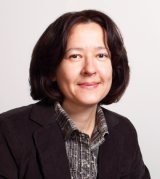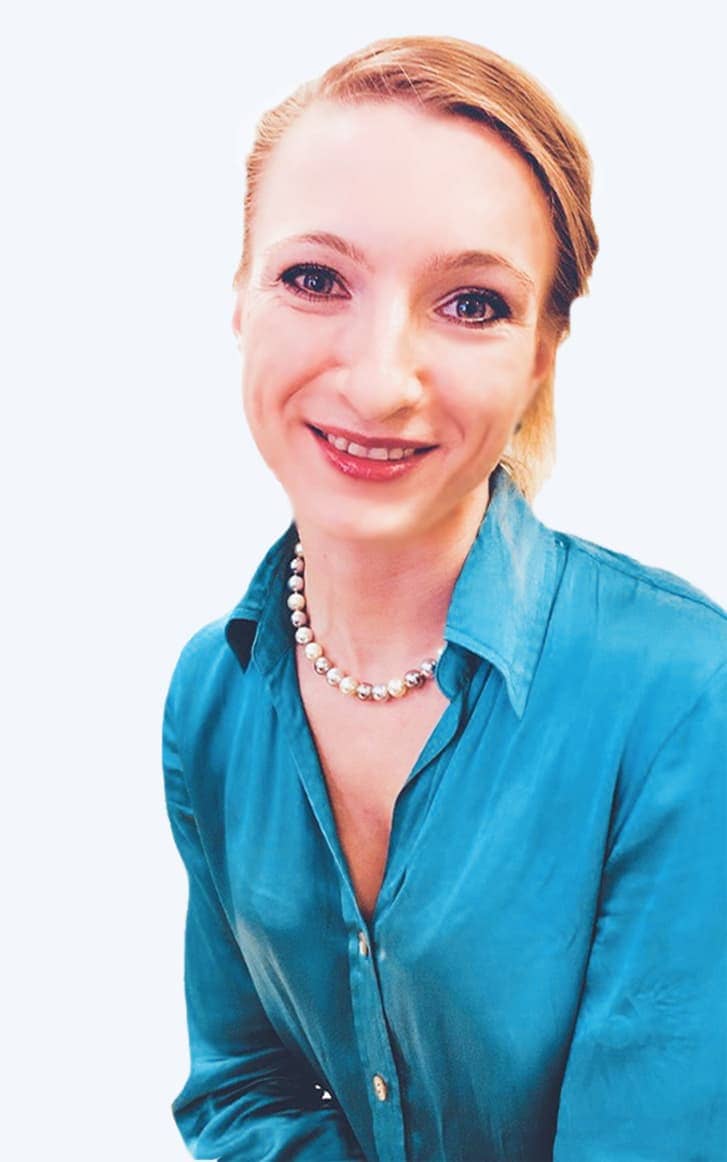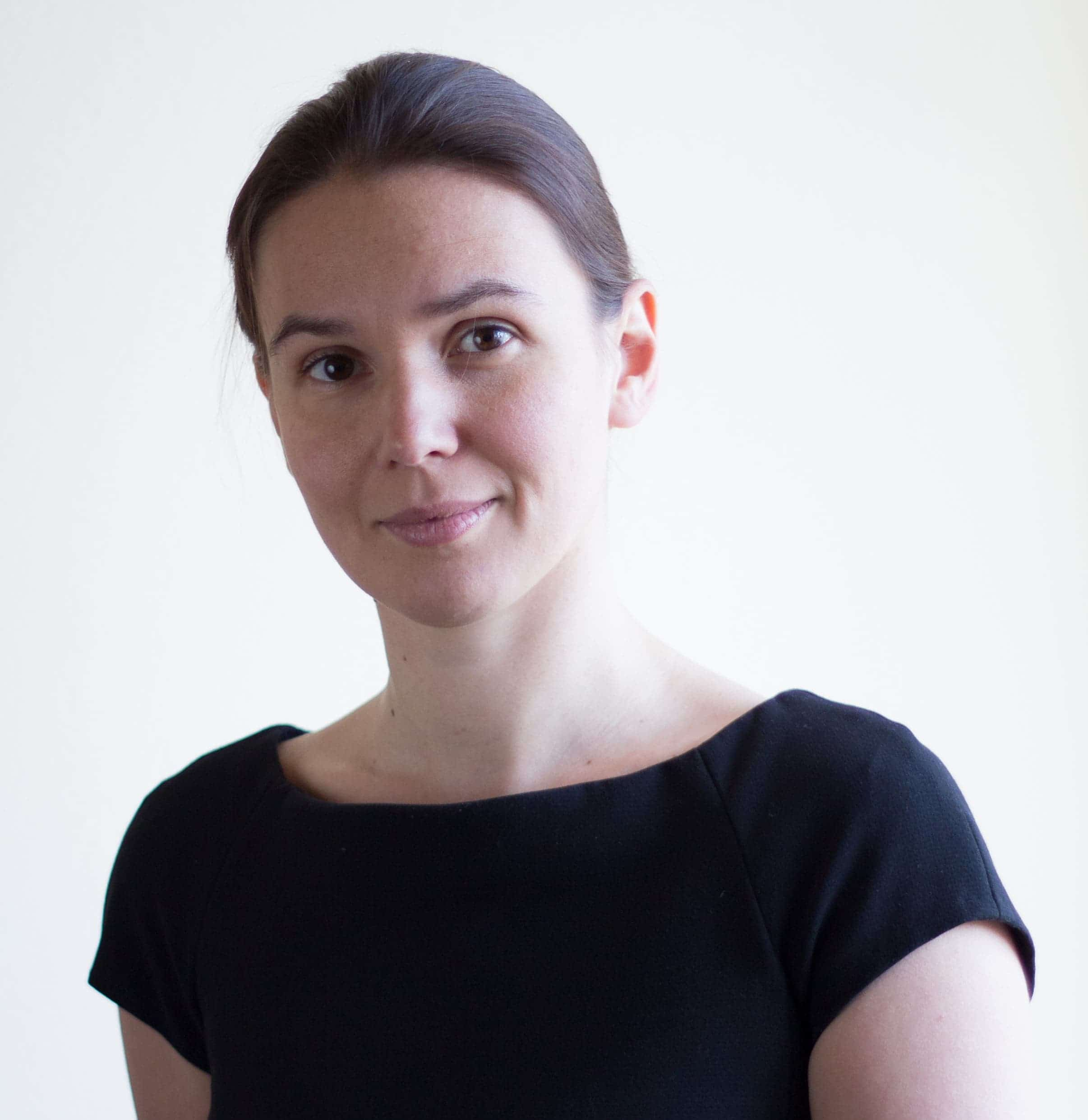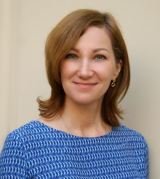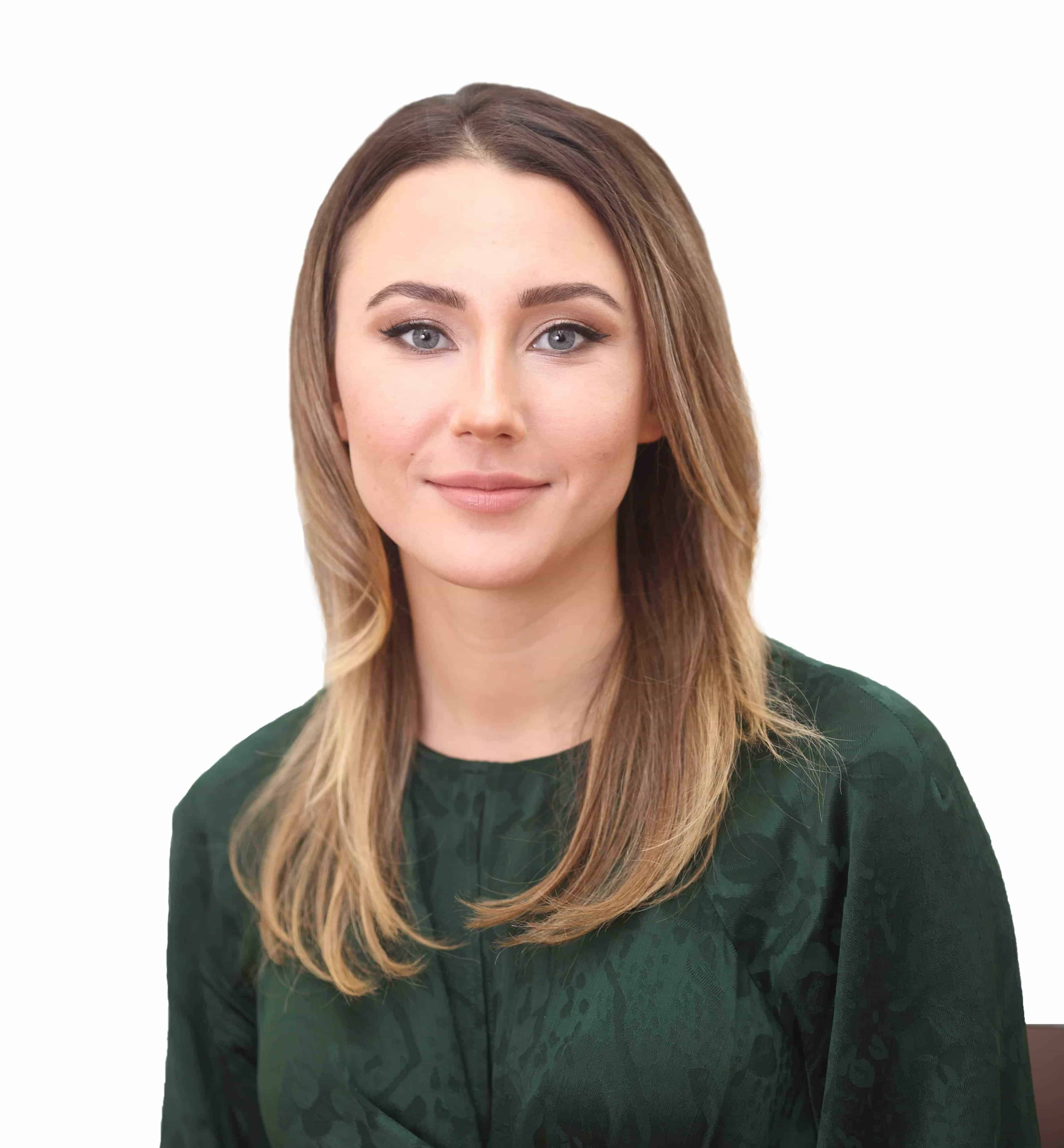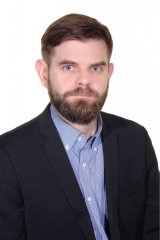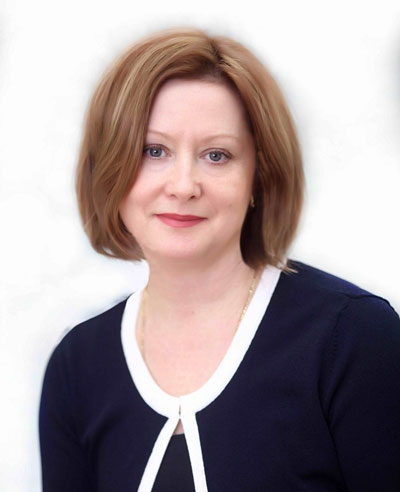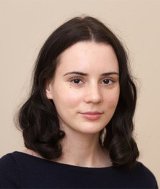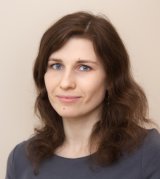- Фарбер Д. АДубровинская Н. В. Формирование психофизиологических функций в онтогенезе // Механизмы деятельности мозга человека. Часть 1. Нейрофизиология человека / Под ред. Н. П. Бехтеревой. – Л.: Наука, 1988. – С. 426-454.
- Филимонов И. Н. Избранные труды. — М.: Медицина, 1974.
- Фотекова Т. А., Ахутина Т. В. Диагностика речевых нарушений школьников с использованием нейропсихологических методов. — М.: АРКТИ, 2002.
- Халецкая О. В., Трошин В. М. Минимальная дисфункция мозга в детском возрасте // Журнал неврологии и психиатрии им. С. С. Корсакова, 1998. – № 9. – С. 4-8.
- Хомская Е. Д. Нейропсихология. — М.: УМК «Психология», 2002.
- Храковская М. Г. Об афазии у детей // Проблемы патологии развития и распада речевой функции (Методические материалы научно-практической конференции «Центральные механизмы речи», посвященной памяти профессора Н. Н. Трауготт). – СПб.: Изд-во С.-Петербургского университета, 2001. — С. 74-82.
- Цветкова Л. С. Методика диагностического нейропсихологического обследования детей. — М.: Российское педагогическое агентство, 1997; М.: МГУ, 2001.
- ЦветковаЛ. С. Нейропсихологическая реабилитация больных. — М.: МГУ, 1985.
- Челышева М. В. Особенности нейропсихологических синдромов у детей с локальными поражениями мозга в разные возрастные периоды. Канд. дис. — М.: МГУ, 2005.
- Ченцов Я. Ю. Нарушения пространственных представлений при локальных поражениях мозга в детском возрасте: Канд. дис. — М.: МГУ, 1983.
- Черниговская Т. В. Дети со специфическими языковыми расстройствами в свете современных дискуссий в лингвистике и психологии // Сборник трудов II Международной конференции, посвященной 100-летию А. Р. Лурия / Под ред. Т. В. Ахути- ной, Ж. М. Глозмана. – М., 2003. – С. 189-194.
- Чуприкова Я. И. Принцип дифференциации. — М.: Столетие, 1997.
- Чурсина Я. П. Особенности формирования памяти у детей шести лет с общим недоразвитием речи (нейропсихологический подход): Автореф. дисс канд. — М., 2005.
- Чурсина Я. П., Бадарни А. Формирование зрительного восприятия в онтогенезе: кросс-культурное исследование // А. Р. Лурия и психология XXI века. Сборник тезисов. — М.: Фак-т психологии МГУ,2002.-С. 155.
- Шабелъников В. К. Психика как функциональная система. — Алма- Ата: Мектеп, 1986.
- ШадеДж., Форд Д. Основы неврологии. — М.: Мир, 1976.
- Швачкин Я. X. Экспериментальное изучение ранних обобщений у ребенка // Известия АПН РСФСР, 1954. – N° 54. — С. 111-135.
- Швачкин Я. X. Развитие фонематического восприятия речив раннем возрасте // Известия АПН РСФСР, 1948. – № 13. – С. 88.
- Шеперд К. Нейробиология. В 2 т. – М.: Мир, 1987.
- Шеповальников А. Я, Цицерошин М. Я, Погосян А. А. О роли различных зон коры и их связей в формировании пространственной упорядоченности поля биопотенциалов мозга в постнатальном онтогенезе // Физиология человека, 1997. — Т. 23. — № 2. — С. 12-24.
- Шкловский В. М, Лукашева И, П., Дмитрова Е. Д. Обучающе-диагностическая система д ля исследования высших психических функций детей. — М.: Центр патологии речи и нейрореабилитации, 2006.
- Шумейко Я. С. Развитие сенсомоторной коры большого мозга человека и становление двигательных функций в онтогенезе // Альманах «Новые исследования». — М.: Вердана, 2004. — № 1-2. — С. 432-433.
- Эльконин Д. Б. Избранные психологические труды. — М.: Педагогика, 1989.
- Эльконин Д. Б. К проблеме периодизации психического развития в детском возрасте // Вопросы психологии, 1971. — № 4. — С. 6-20.
- Camara W.J., Nathan J. S., Puente A. E. Psychological test usage: Implications in professional psychology. Professional Psychology: Research and Practice, 2000. – 31. – P. 141-154.
- Cristensen A. L. Luria’s neuropsychological investigation. — N.Y.: Spectrum, 1975.
- Dennis M., Whitaker H, Language Acquisition following hemidecorti- cation: linguistic superiority of the left over the right hemisphere. Brain and Language, 1976. – № 3. – P. 404-433.
- Gazzaniga M. S. Bissected brain. — N.Y.: Appleton-Century-Crofts, 1970.
- Golden C.J. The Luna-Nebraska Children’s Battery: Theory and formulation. In G. W. Hynd, J. E. Obzgut (Eds.), Neuropsychological assessment and the school-age child: Issues and perspectives. — N.Y.: Grune & Stratton, 1981. – P. 207-302.
- Golden C.J., Tomas R. B. Cross-cultural application of the Luria- Nebraska Neuropsychological Test Battery and Lurian principles of syndrome analysis. InE. Flrtcher Jansen, T. L. Stricland,C. R. Reynolds (Eds.) Handbook of cross-cultural neuropsychology. — N.Y.: Kluwer Plenum, 2000. – P. 305-315.
- Goldman-Rakis P. S. Development cortical circuitry and cognitive function. Child Dev., 1987. – V. 758. – P. 601-622.
- Hammil D. D., Leigh J. E., McNutt GLarsen S. C. A new definition of learning disability. Learning disabilityquarterly, 1981. -№4.- P. 336-342.
- HecaenH. Acquired aphasia in children and the ontogenesis of hemispheric functional specialization. Brain Lang., 1976. — № 3.
- HierD. В., LeMay M., Rossenberger P. В., Perlo V. P. Developmental dyslexia: Evidence for subgroup with a reversal of cerebral asymmetry. Archives ofNeurology, 1978. – № 35. – P. 90-92.
- Morton A. M-N. Human Neuropsychology: Current Status. In: The Neuropsychology Handbook. Eds. A. M-N. Horton, D. Wedding, J. Webster. Springer Publishing Company, 1997. – V. 1. – P. 3-29.
- Human Developmental Neuropsychology. Eds. O. Spreen, D. Tupper, A. Risser, H. Tuokko, D. Edgell. — N.Y.: Oxford University Press, 1984. – P. 339-357.
- Hynd G. W., ObrzutJ. E., Hayes F., Becker M. G. Neuropsychology of Childhood Learning Disabilities. In: The Neuropsychology Handbook. Eds. D. Wedding, A. M-N. Horton, J. Webster. – N.Y.: Springer Publishing Company, 1986. – P. 456-485.
- Kinsbourne M. The ontogeny of cerebral dominance. — N.Y.: Acad. Scie., 1975. – V. 263.
- Kolb ВFantie B. Development of the Child’s Brain and Behavior. In: Handbook of Clinical Child Neuropsychology. Eds. C. R. Reynolds, E. Fletcher-Janzen. – N.Y.: Plenum Press, 1997. – P. 17-42.
- Krashen S. Lateralization, language and the critical period: some new evidence. Language learning, 1973. — № 23. — P. 63-74.
- Kurthen M., Helmstaedter C., Linke D., e. a. Interhemispheric dissociation of expressive and receptive language functions in patients with complex- partial seizures: an amobarbital study. — Brain Lang, 1992.
- LennebergE. H. Biological foundations of language. — N.Y.: Wiley, 1967.
- LevyJ. Psychoobilogical implication of bilateral asymmetry. In: (Eds. S.J. Dimond, J. Beaumont). Hemisphere function in the human brain. — London, 1974.
- McFteJ. Intellectual impairment in children with localized post infantile cerebral lesions. J. Neurol. Neurosurg. Psihiat., 1961. — № 24.
- Mesulam M. M. Patterns in behavioral neuroanatomy: Association areas, the limbic system, and hemispheric specialization, in Principles of Behavioral Neurology, M. M. Mesulam (ed.). — Philadelphia: Davis, 1985. — P. 1-70.
- Milberg W. P., Hebben N., Kaplan E. The Boston process approach to neuropsychological assessment. In I. Grant, К. M. Adams (Eds.) Neuropsychological assessment of neuropsychiatric disorders.»— N.Y.: Oxford University Press, 1986. – P. 65-86.
- MilnerB. Material-specific and generalized memory loss. — Neuro- psychologia, 1968, — № 6.
- Molfese D. L., Freeman R. В., Palermo D. 5. The ontogeny of brain lateralization for speech and nonspeach stimuli. Brain and Language, 1975. -№2. – P. 356-368.
- Morgan S. B. Child Neuropsychology and Cognitive Developmental Theory. In: Cognitive Approaches to Neuropsychology. Eds. J. M. Williams, Ch. J. Long. – N.Y.: Plenium Press, 1988. – P. 211-228.
- Orton S. Г. Reading, writing, and speech problems in children. — London:
- Rourke В. P., Strang]. D. Subtypes of reading and arithmetic disabilities: A neuropsychological analysis. In M. Rutter(Ed-). Behavioral syndromes of brain disfunction in children. — N.Y.: Guilford Press, 1981.
- Rourke B. P. Central processing deficiencies in children: Toward a developmental neuropsychological model. Journal of Clinical Neuropsychology, 1982. -№ 4. – P. 1-18.
- The Blackwell Dictionary of neuropsychology. Ed. J. G. Beaumont, P. M. Kenealy, M.J. C. Rogers. — London: Blackwell Publishers LTD, 1996.
- The Neuropsychology Handbook. Behavioral and clinical perspectives. Eds. D. Wedding, A. M-N. Horton, J. Webster. — N.Y.: Springer Publ. Сотр., 1986. – P. 456-485.
- Tramontana M. G., HooperS. R. Child neuropsychological assessment: Overview of current status. In M. G. Tramontana, S. R. Hooper (Eds.), Assessment issues in child psychology. — N.Y.: Plenum Press, 1988.
- TupperD. E. Introduction: Alexander Luria’s continuing influence on worldwide neuropsychology. Neuropsychology Review, 1999. — № 1. — P. 1-7.
- Wada J. A., Davis A. Fundamental Nature of human infants brain asymmetry. Canadien J. of neurological sciences, 1977. — № 4.
- Williams M. A., Boll T.J. Recent advances in neuropsychological assessment of children. In G. Goldstein, Т. M. Incagnoli (Eds.). Contemporary approaches to neuropsychological assessment. — N.Y.: Plenum Press, 1997.
- Zaidel E. Auditory language comprehension in the right hemisphere following cerebral commissurotomy and hemispherectomy: a comparison with child language and aphasia. In: Language acquisition and language breakdown. Ed. A. Caramazza and E. Zurif. — Baltimore Johns Hopkins University Press, 1978.
литература нейропсихология – предыдущая | следующая – нейропсихология детского возраста
Оглавление – Мекадзе Ю. В. Нейропсихология детского возраста




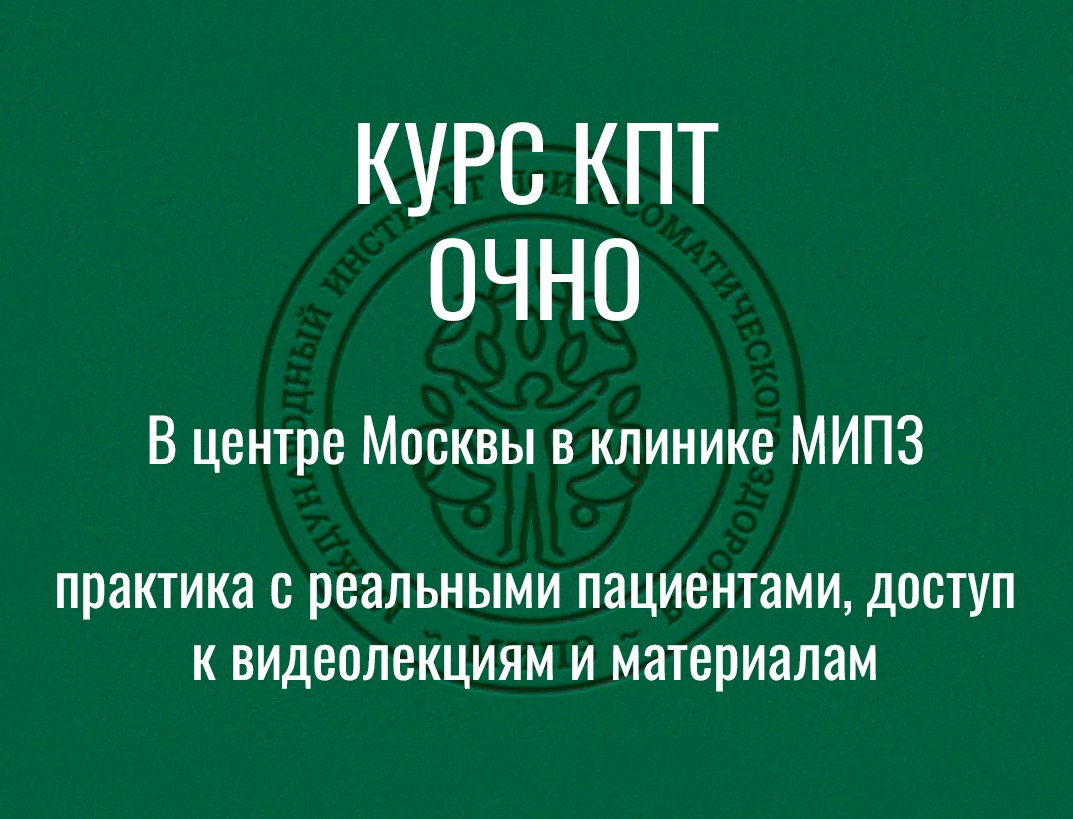
.jpg)
.jpg)
.jpg)
